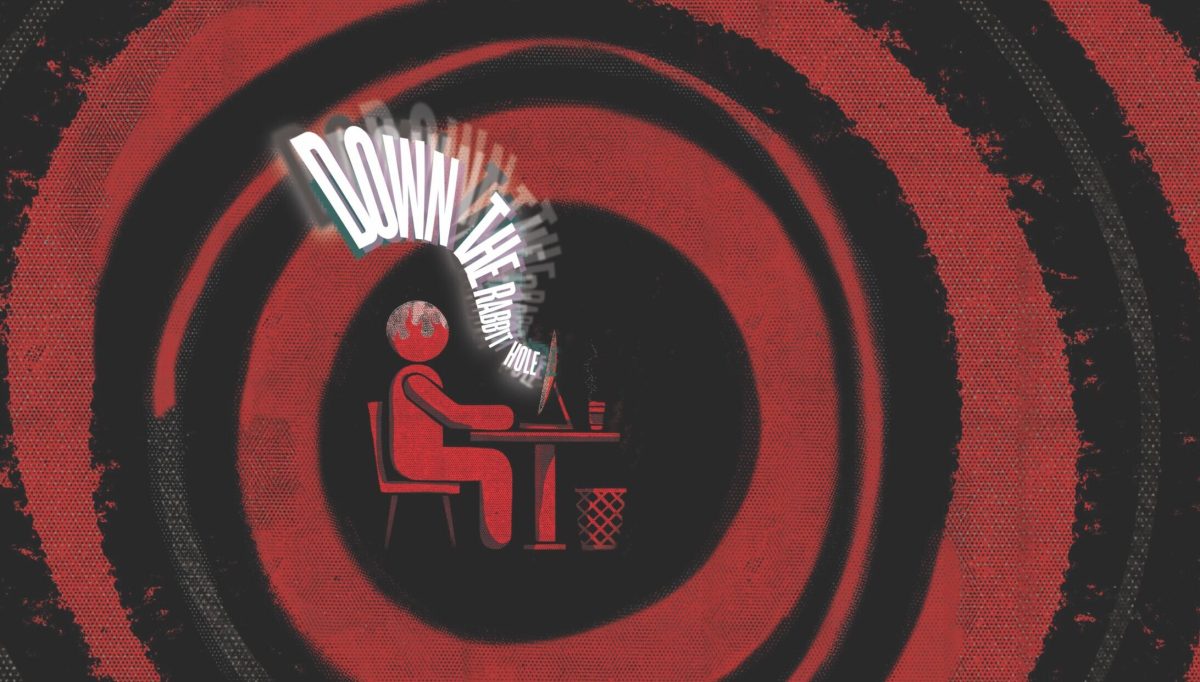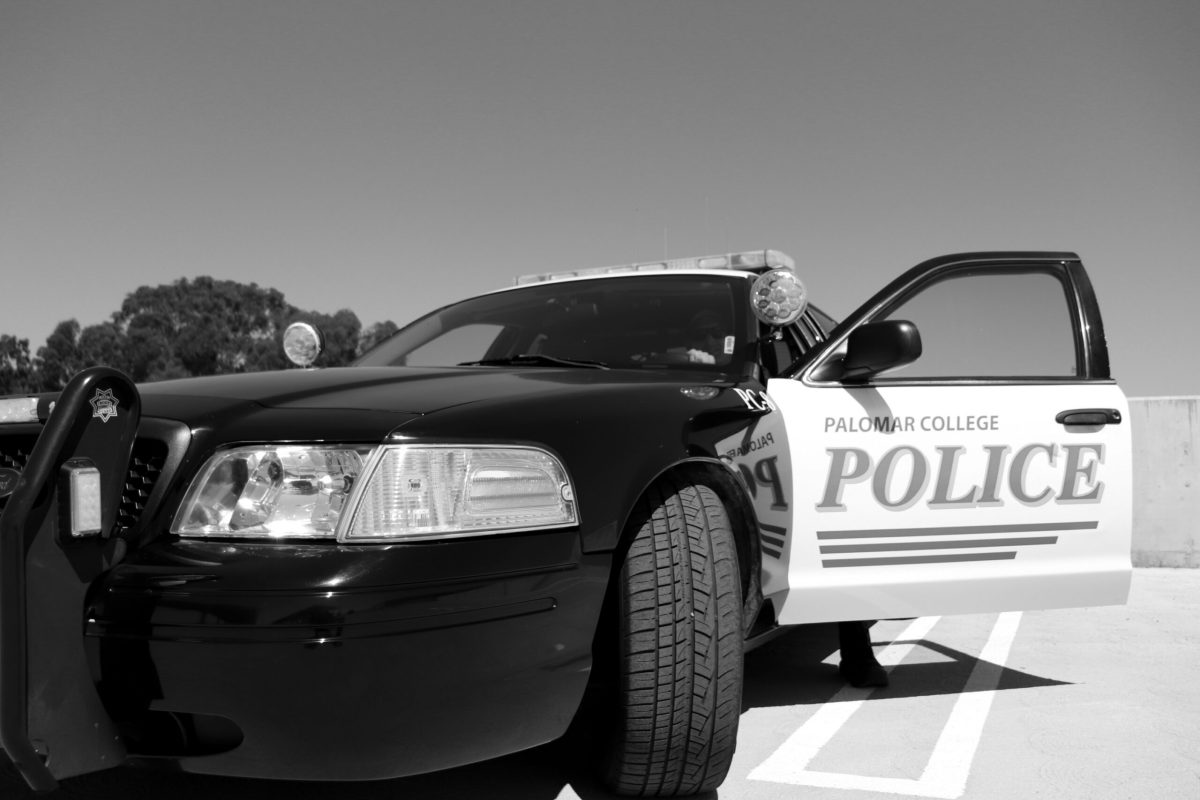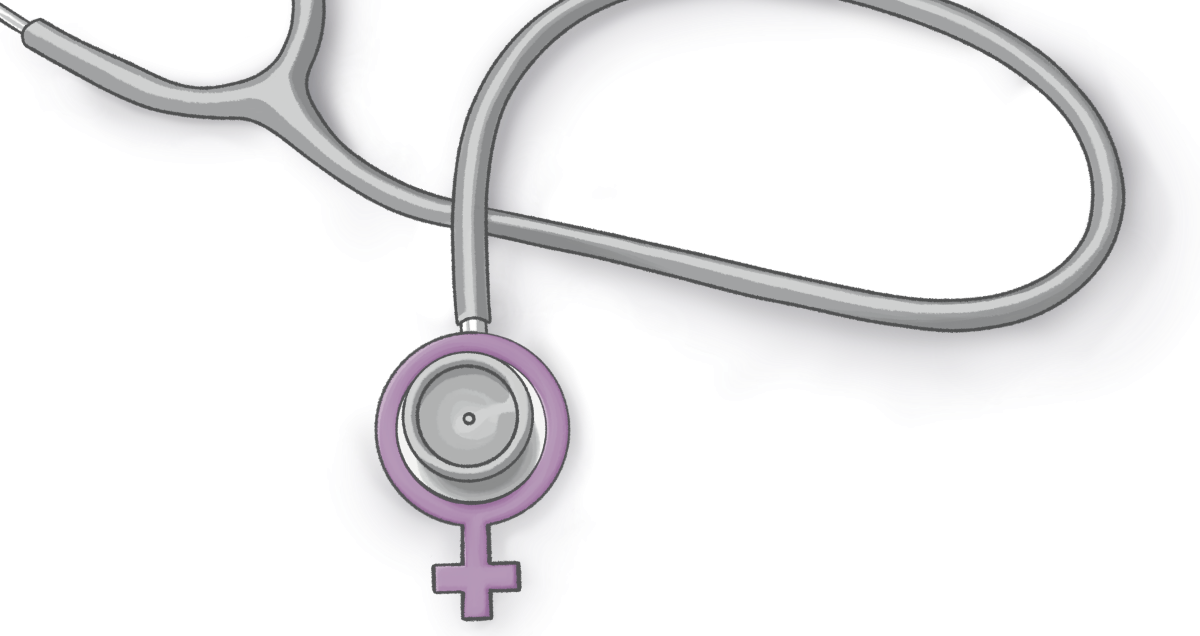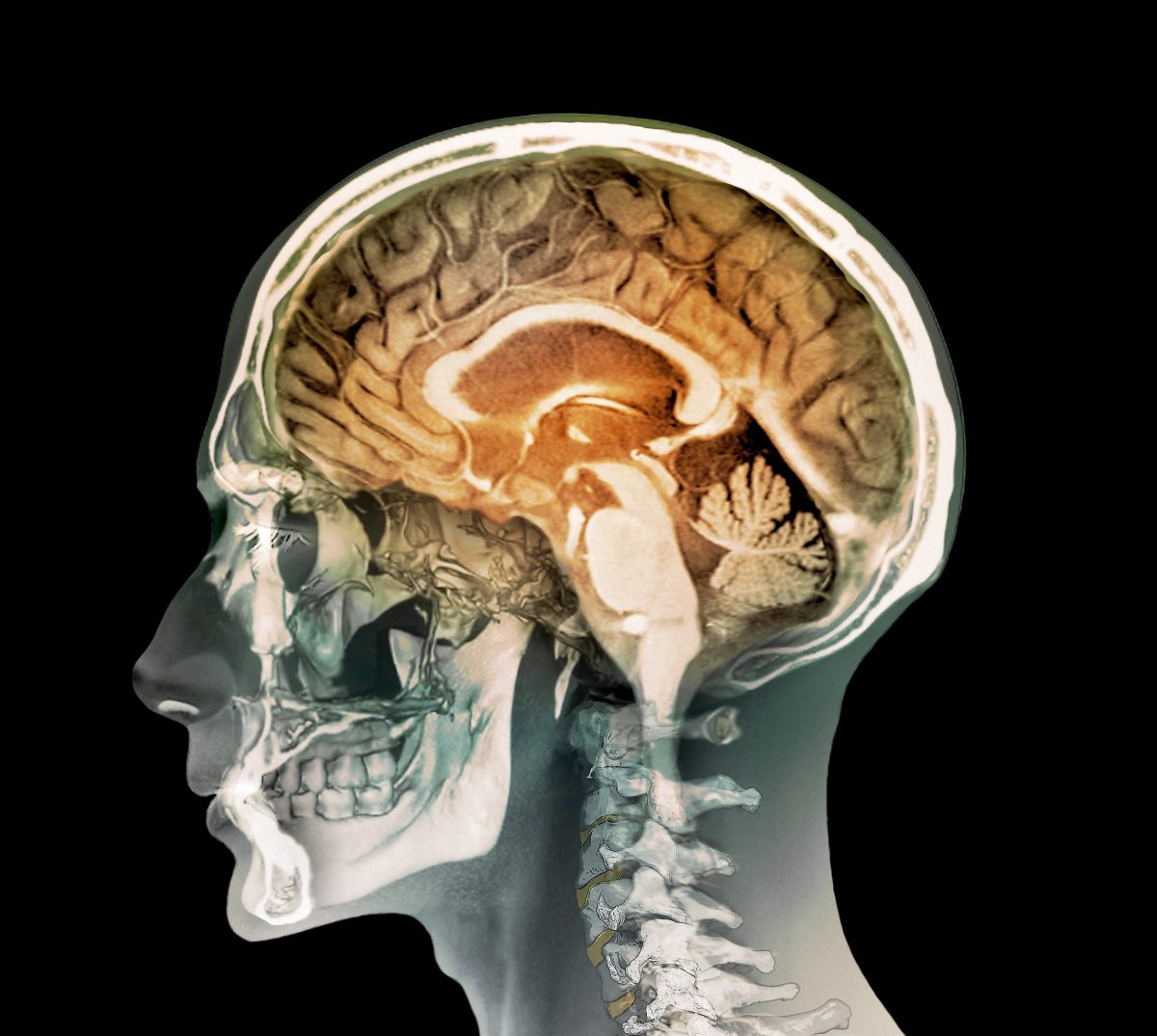Today is the day I’m going to finish all my homework and put the laundry away.
Oh, wait! I told Jenny and Courtney I would go to the gym with them after school.
But, that was before I committed to my teacher that I would write two newspaper articles on two separate sporting events. Wait… was that interview supposed to be for the newspaper article or for my broadcast internship?
Why is my alarm going off? Oh, yeah! That’s my timer to head to the writing center for help analyzing a paper that was due three weeks ago. I’ll Snooze it.
I’m hungry, I’ll grab a quick bite.
Why is my mom calling asking where I’m at? Oh my gosh, it’s my brother’s surprise birthday dinner she told me about a week ago.
Oh no, my friends are mad at me. I missed my brother’s surprise. I have two interviews to do with deadlines tonight. My paper is going on four weeks late. Did I even get food? Everyone is mad at me! I suck at life! I never accomplish my tasks!
I QUIT!
This hectic smattering of thoughts and needs are what run through not only my mind on a regular basis, but of those who have Attention-Defecit/Hyperactivity Disorder (ADHD) as well. Sounds like a headache, right? That’s only an hour’s length of thoughts.
I was first diagnosed with ADHD as a child in elementary school. Having been raised in a strict Hispanic household, it was engraved in my head to make school my number one priority and to respect my teacher’s rules.
This included being on my best behavior–always. Although I was never purposely rowdy, my teachers would have to consistently reassign where I sat in order for me to stop talking to the other kids, or to simply pay attention to their lectures.
Thinking that I grew out of my childhood ADHD, I stopped taking my prescription of Ritalin entering middle school.
What I did not know then was that although my hyperactivity decreased, I did not outgrow ADHD.
Per the 2015 statistics from the Center for Disease Control and Prevention, “About 30 to 60 percent of patients diagnosed with ADHD in childhood continue to be affected into adulthood.”
Fast forward 12 years later, diagnosed once again with Adult ADHD as of January 2015, and I’m forced in having the need to take a daily prescription of Adderall to help me complete the simplest of tasks.
The Mayo Clinic defines ADHD as, “A mental health disorder that includes a combination of persistent problems, such as difficulty paying attention, hyperactivity and impulsive behavior.”
Symptoms
Symptoms can range from mild to severe depending on the individual. Many adults with ADHD also have another mental health condition or a learning disability, showing similar symptoms, such as depression, anxiety, dyslexia or bipolar disorder.
Stephanie Gilland, 34-year-old mother of four, was diagnosed with ADHD as a teenager, and again 10 years later in her twenties. “Because I have anxiety, the ADHD makes it feel like I’m watching 20 different T.V. channels, and the anxiety makes me feel like if I don’t watch all 20, my world will implode around me,” Gilland said.
Just because a person has the inability to focus on a subject, gets easily distracted or is unable to sit still during an hour-long lecture, does not mean they have ADHD.
The Mayo Clinic suggests, “If your difficulties are recent or occurred only occasionally in the past, you probably don’t have ADHD. ADHD is diagnosed only when symptoms are severe enough to cause ongoing problems in more than one area of your life. These persistent and disruptive symptoms can be traced back to early childhood.”
Effects in your personal life
Although most people think of adult ADHD as negative performance at work or school, it can also affect relationships by:
- Not paying attention – Zoning off during a conversation can make the other person feel ignored or unimportant.
- Forgetting – Unable to remember what was discussed, planned or promised will make you appear unreliable and seem careless.
- Poor organizing skills – Being disorganized makes it harder completing tasks, as well as keeping things clean. The other person may view you as scattered and feel they need to parent you about putting things away.
- Impulsivity – Not having a mute button. The other person’s feelings may be hurt while blurting out something in the moment.
- Emotional roller-coaster – There’s no controlling emotions. The other person feels as if they must walk on eggshells to not hurt your feelings or make you explode on them. Discussing your problems is out of the question, because there is no calming down when emotions are high.
Getting diagnosed
There are no tests that can confirm the diagnosis of ADHD, instead there are several step-by-step processes that help with a credible diagnosis of a patient.
As an adult, a primary doctor cannot diagnose you with ADHD. They will refer you to a psychiatrist to get evaluated.
Before being seen by a psychiatrist, the receptionist or assistant will ask you to fill out a lengthy questionnaire survey, with a rating system; the phycological test.
For example, “How often do you feel like you cannot accomplish a task? One being always, five being never.”
Once you have completed the questionnaire, the psychiatrist will take you to their office and ask several questions to rule out other possible causes for your symptoms.
The questions may seem repetitive to the questionnaire you answered in the lobby, but they paraphrase the questions to see if your answers may have changed. The questions vary such as: suicidal thoughts, motivational levels, ability to sleep, concentration peaks or lows, daily life activities, i.e.
Then comes the information gathering. This includes medical records, school records, family medical history, childhood memories (signifying that the person may have had the childhood form, even if it was not properly diagnosed at the time).
Finally, the psychiatrists use an ADHD rating scale to determine the level of your diagnosis.
Finding the right treatment for you
The most common form of treatment involves taking medication. Stimulants, such as Adderall is the most prescribed drug because it balances the neurotransmitters.
There are other medications that are nonstimulant, such as certain antidepressants like Wellbutrin.
Other forms of treatment may include psychological counseling, informational classes about ADHD, training exercises or a combination of all the treatments; which in most cases work the best. Keep in mind that these treatments will relieve some of the symptoms, but they will not cure ADHD.
Taking control of your life again
Now that you have a proper diagnosis, don’t let ADHD hold you back. Don’t be afraid to reach out and speak to someone as well. Find a support group or speak to your teacher or boss on what you can do to help you improve.
Allysia Britton, a 20-year-old college student, looks to family for support.
“Luckily, my mom has decided to help me out. She makes check lists for me. As well as reminds me about appointments I need to make,” Britton said.
Take you prescribed medication regularly and place them somewhere you will not forget them (if choosing to take medications).
Stay organized. Make lists of what you need to complete. Be reasonable, and prioritize the items you’ve scheduled.
Breathe. This will help with impulse decision or controlling mood swings.
Try and follow a routine and be consistent.
Cut down on distractions. If you can’t focus with loud noises, turn off the T.V., put your phone on silent and go into a secluded location to concentrate.
Burn extra energy off. Exercise is a win-win situation.
Ask for help. Don’t be afraid to ask to talk to someone and for their support.
As for me, taking the proper medication, consistently writing reminders to myself on sticky notes, carrying a daily planner, as well as going to monthly counseling sessions help. But I still have a hard time doing my daily tasks if I miss one of the steps in my daily routine.
I know that living with ADHD will continue to make things difficult in life, but that is if I let it take control. I am not, and you shouldn’t either.



















